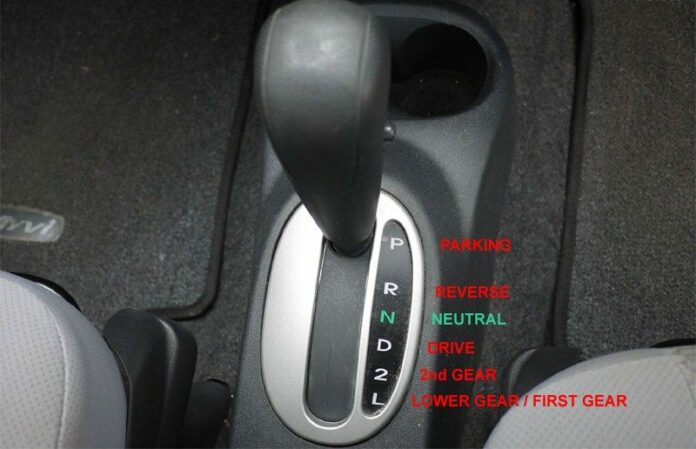Not all roads are the same. Most automatic transmissions also allow you to manually select one or more lower gears, such as Low (L), 1st (1) and 2nd (2). In the case of L and 1, the transmission will stay in the lowest gear and not shift on its own. That allows maximum power when you need it, such as on a steep hill, but greatly limits your speed. Some automatic transmissions will shift out of 1st once you reach a certain speed, to prevent damage to the transmission or engine, or cut power to the engine. And with others, if you select 2, the transmission starts in 2nd gear and is locked in that gear.
This is useful when starting out on slippery surfaces or for engine braking when descending a steep hill. So L, 1, 2 and 3 modes are very useful in specific conditions. On some of the muddiest roads, the 2 range helps to get you rolling over very slippery areas. Because you are selecting a higher gear, less spin (per engine rotation) is being imparted to the wheels, which helps prevent you from spinning your tires when you take off on slippery terrain.
For those of you who have never used a manual transmission, you may not be aware of a mechanism called engine braking. It has to do with shifting into a lower gear, which forces the engine into higher (but safe) Revolutions per Minute (RPMs). Your engine – with those four or more cylinders – takes a lot of energy to keep spinning if you are not on the throttle. So you can lose some kinetic energy of the car to the internal kinetic energy of the engine. In order to do this safely, you must consult your owner’s manual about the safe ranges of speed in which you can engage a particular gear.
Read: Cars not to buy in Kenya: 6 Cars To Avoid when you are on a tight budget
When you’re going up a mountain or hill, your engine is under significant engine strain. Especially if you go lumbering up the mountain in a low RPM, you can kill your transmission or engine from the strain it is suffering which may result in over-heating and oil starvation. This is where it’s a good idea to lock your gear selector into 2 or maybe 3, depending on conditions, and proceed up the hill in a timely fashion that keeps your engine RPM around 2,500 rev/min and up. And since what goes up must come down, you’ll be forced to descend the mountain.
Do not rely on your brakes to take you down the mountain. Your brakes are not designed to take the added weight and prolonged heat of a mountain descent. Just stay in the same gear you came up in and coast down the mountain. Your engine speed may be running higher now, but that is alright. Let those chunky internals suck up that potential because your brakes surely will not take it. You can ruin your brakes doing that – or your spinal cord, if the brakes fail. Automatic Car Gears. Automatic Car Gears.









My gear has Ds and B, what does it represent, secondly, there is a button written shift, is for what?